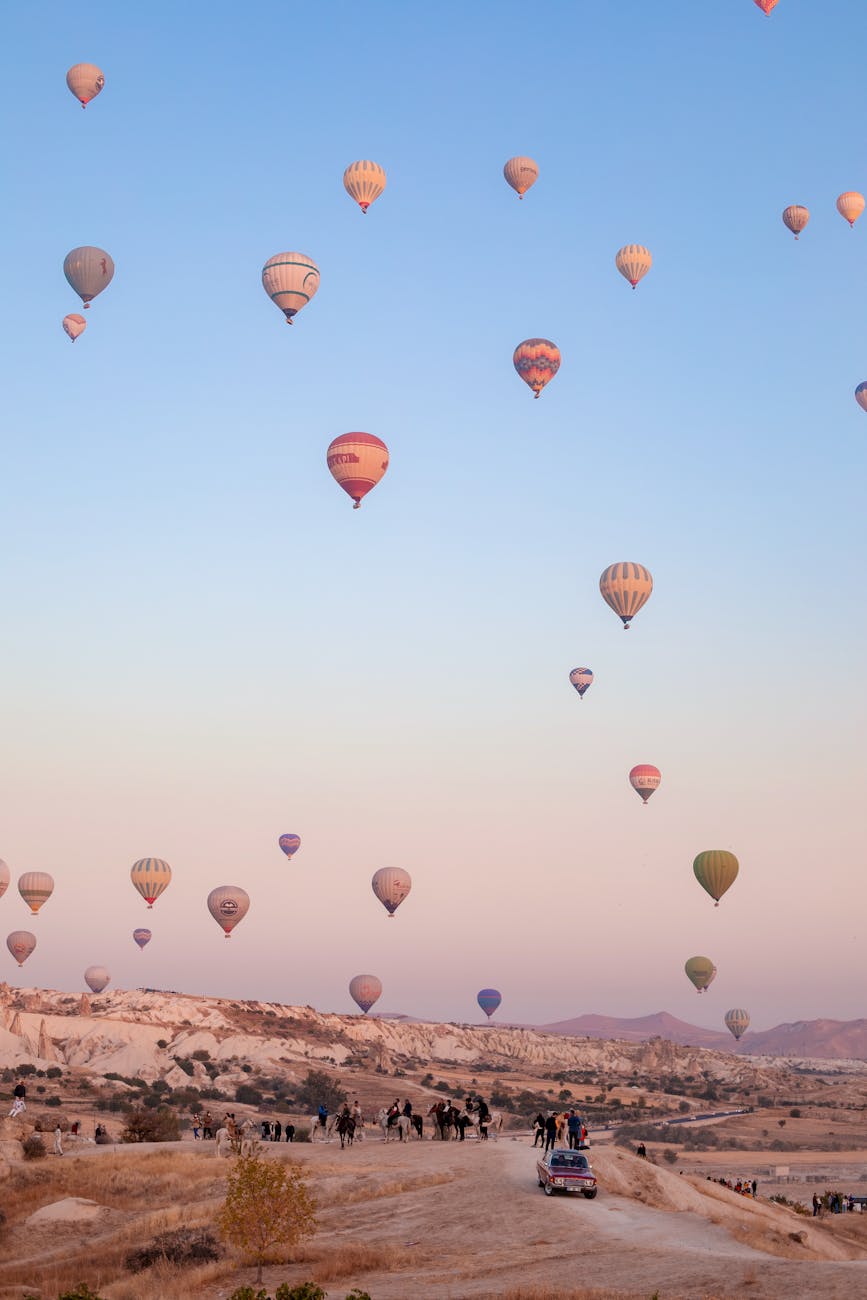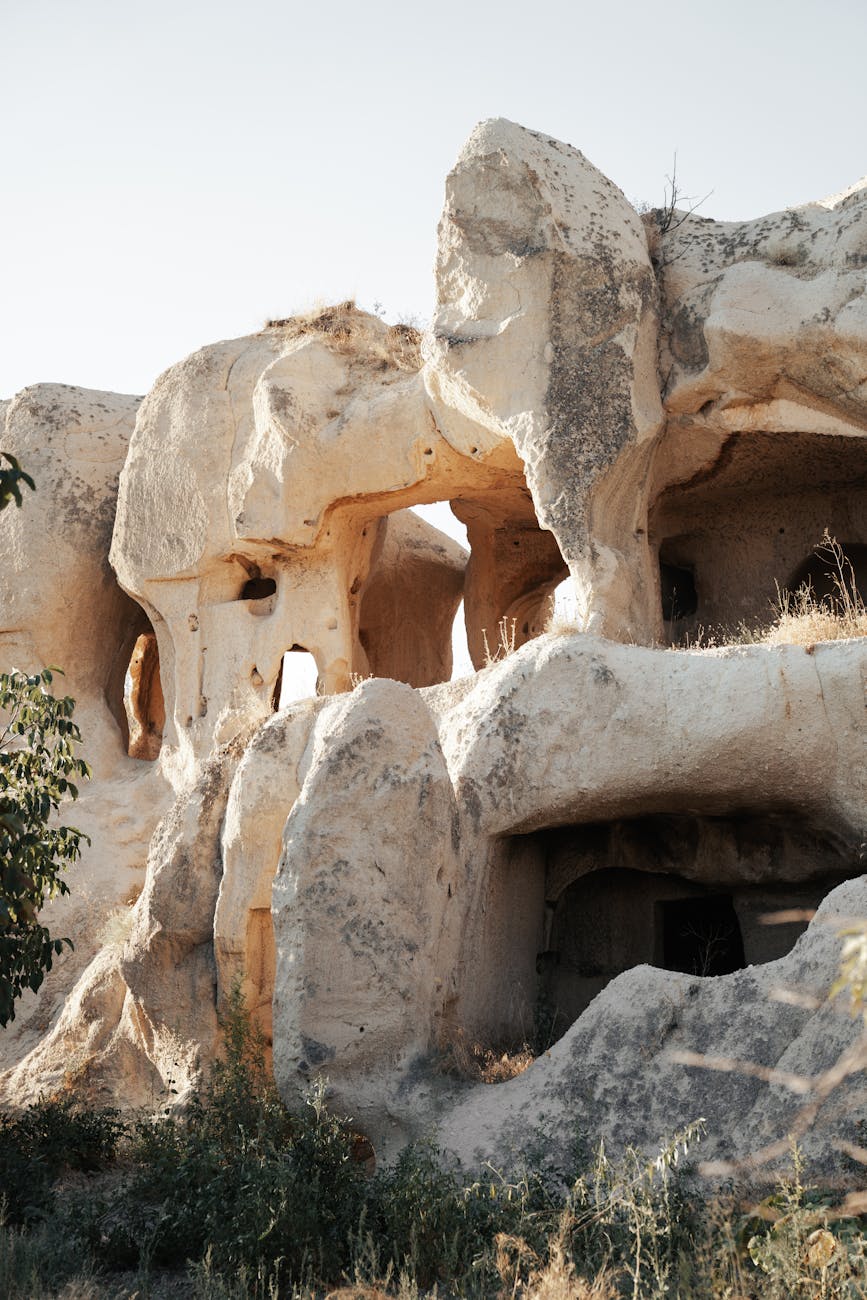Picture yourself standing at the edge of a vast desert, the sun beating down mercilessly, and the horizon stretching out endlessly. The idea of surviving a week alone in such an unforgiving environment may seem daunting, yet many adventurers find an exhilarating sense of freedom in tackling this challenge. Not only do you confront the physical demands of the elements, but you also engage with your inner self as you strip away the distractions of modern life. Sure, it can be a trial by fire, but think for a moment about the profound sense of accomplishment and the unforgettable experiences waiting for you in the vast openness.
This journey represents a unique opportunity to reconnect with nature while testing your resilience and adaptability. It often transforms from a mere survival exercise into a spiritual quest of sorts. Traveling through this rugged terrain, each step becomes a lesson in tenacity and self-discovery. Your survival hinges not just on your ability to manage physical tasks but also on how well your psyche copes with solitude and uncertainty.
Before embarking on this desert odyssey, familiarity with essential survival gear is key. Start with the basics: ample water, durable food provisions, and appropriate clothing. Water stands as your lifeblood in the desert; without it, your chances of survival diminish rapidly. You will want at least a couple of gallons to endure a full week, especially during the scorching daytime heat. Non-perishable foods such as energy bars, nuts, and dried fruits serve as outstanding fuel for energy, providing necessary nutrients while keeping your pack lightweight.
Moreover, never underestimate the power of a good compass, a map, and a reputable first-aid kit. It’s also wise to pack a whistle; when stranded, your voice may grow weak, but a whistle carries much farther and can be a lifesaver in emergencies. In addition to these items, consider including a lightweight sleeping bag or a reflective emergency blanket to maintain warmth during chilly nights. Finally, a multitool can come in handy for unexpected repairs or crafting makeshift solutions. Equipping yourself with these essentials dramatically increases your chances of a successful solo week.
While physical gear is critical, the mental component often plays a more crucial role in survival scenarios. As you prepare, visualize potential situations and how you might respond. This mental rehearsal develops resilience and equips you to face inevitable challenges head-on. A positive mindset isn’t just helpful; it can make the difference between thriving and merely surviving. Embrace the idea that each hardship presents a chance for growth and a deeper connection with the environment.
Moreover, understanding the psychological impact of isolation is vital, as loneliness can creep in when you least expect it. Acknowledging your feelings, whether they are of vulnerability or fear, allows you to confront them directly. Journaling your thoughts during your week can serve as a transformative exercise, helping you explore both your emotions and the stark beauty surrounding you. Stay engaged with your thoughts; turning inward can provide both solace and inspiration as you navigate the raw wilderness.
In a desert, locating water emerges as your highest priority. Contrary to popular belief, many deserts contain hidden sources of water if you know where to look. Start by investigating dry riverbeds or following animal tracks; wildlife often leads you to water. Additionally, searching for lower vegetation can indicate moisture nearby. Remember, morning dew can also be collected, so carry a cloth to soak up moisture, then wring it into a container. Every drop counts in these parched surroundings.
When it comes to conserving the precious resource you’ve gathered, consider using a bandana soaked in water to cool your body or wrapping it around your neck. Staying hydrated requires vigilance, so sip little and often instead of gulping large amounts at once. It’s essential to gauge your activity levels as well; strenuous exertion in the searing sun can quickly deplete your reserves. Monitoring your body signals when thirsty ensures that you don’t enter a state of dehydration, which can lead to dire consequences.
Creating an effective shelter becomes imperative, especially when facing extreme temperatures that swing from scorching heat during the day to biting cold at night. Look around you for natural materials: fallen branches, rocks, and dense foliage can provide excellent materials for constructing a makeshift dwelling. Prioritize building a structure that not only shields you from the sun but also offers some insulation against cold winds.
Using the shade of a prominent rock, build your shelter to provide optimal coverage from the sun’s deadly rays. Consider a lean-to formation, where you can prop materials against an existing structure to form a barrier. Additionally, positioning your shelter in a way that allows for airflow can help prevent the stifling heat from overwhelming you. As you create your sanctuary, recognize it as both a physical space for protection and a mental refuge that fosters comfort in isolation.
While water is crucial, food still plays an important role in maintaining energy levels. Fortunately, the desert is not devoid of sustenance; a little resourcefulness can go a long way. Edible plants like cacti, specifically prickly pear, can be both hydration sources and nutrient-rich snacks. Additionally, various insects like crickets and grasshoppers are not only protein-rich but also surprisingly tasty when properly prepared. If you’re feeling truly adventurous, consider constructing a small trap to catch rodents that may wander close.
Foraging does require knowledge to avoid harmful plants; studying up on desert flora beforehand helps immensely. Each successful catch or gathering of edible resources brings a sense of accomplishment and continues to elevate your confidence in managing the challenges that arise. Each bite you consume becomes a test of not just survival skills but a connection to the very land you’re navigating. Remember, every meal is an opportunity to celebrate your journey.
Mastering navigation proves essential, especially in vast and seemingly featureless terrains. Understanding the basics of using a compass along with the position of the sun can help orient your direction. During the day, the sun rises in the east and sets in the west; familiarizing yourself with its trajectory serves as a natural guide. Consider marking visible landmarks to track your progress as you move through this infinite horizon.
Another invaluable tool at your disposal is nighttime navigation. The stars have guided countless travelers, and in a clear desert sky, the North Star offers a reliable reference point. Cultivating a sense of direction from the stars helps ease the anxiety of wandering. Keeping a keen sense of observation not only leads you homeward but adds a sense of adventure to your experience. Navigating the desert can ultimately become a shared dialogue between you and the land.
Allowing yourself to be fully immersed in the experience can transform wilderness survival from simply enduring to thriving. The desert offers an uncanny beauty, where silence speaks volumes and the landscape pulses with life hidden beneath the surface. Each day presents a new canvas painted with stunning sunsets and expansive horizons inviting reflection. Recognizing the wonder of each moment will leave a lasting imprint on your memory.
Moreover, the subtle challenges you face are not just hurdles but gateways into a deeper connection with yourself. Embrace the sensations of the heat against your skin, the cool breeze stirring at dusk, and the enchanting sounds of night. Through your solitude, you may discover insights that enrich your life long after returning to civilization. This venture truly embodies the idea that sometimes, the journey of survival can evolve into one of profound personal growth.
Stepping into the desert alone for a week serves as an extraordinary way to engage not only with nature but also with your inner self. Though this experience is riddled with challenges, the lessons learned can transcend the initial intent of survival. Whether it’s mastering the elements or learning how to navigate both the exterior world and your internal landscape, the desert adventure proves to be a journey of self-discovery and resilience. Ultimately, a week alone in the desert can transform into a tapestry of triumph, underscored by a newfound appreciation for life’s simplest yet most profound gifts.
Every hurdle faced offers a vibrant thread woven into the fabric of your story. The recollections made during those days in the sun, under the stars, and with the land become a cherished part of who you are. By pushing your boundaries and embracing the challenge, you emerge not just unchanged but enriched, equipped with wisdom to traverse the deserts of life that lay ahead.
- What should I pack for a week in the desert? Essential items include ample water, non-perishable food, a first-aid kit, a map, a compass, and appropriate clothing for temperature extremes.
- Is it safe to go alone? While many thrive alone, it’s vital to assess your skills. With preparation and knowledge, many find rewards in solo travel.
- How can I find water in the desert? Look for animal tracks, low vegetation, or dry riverbeds. Collecting morning dew can also provide hydration.
- What food sources are available? Edible plants, like cacti, and insects such as crickets are nutritious options. Familiarity with the desert flora is crucial to avoid harmful choices.
- How should I handle navigation? Use a compass and sun position or night stars for orientation. Marking visible landmarks aids in tracking your journey.
Image Credit: Pexels





